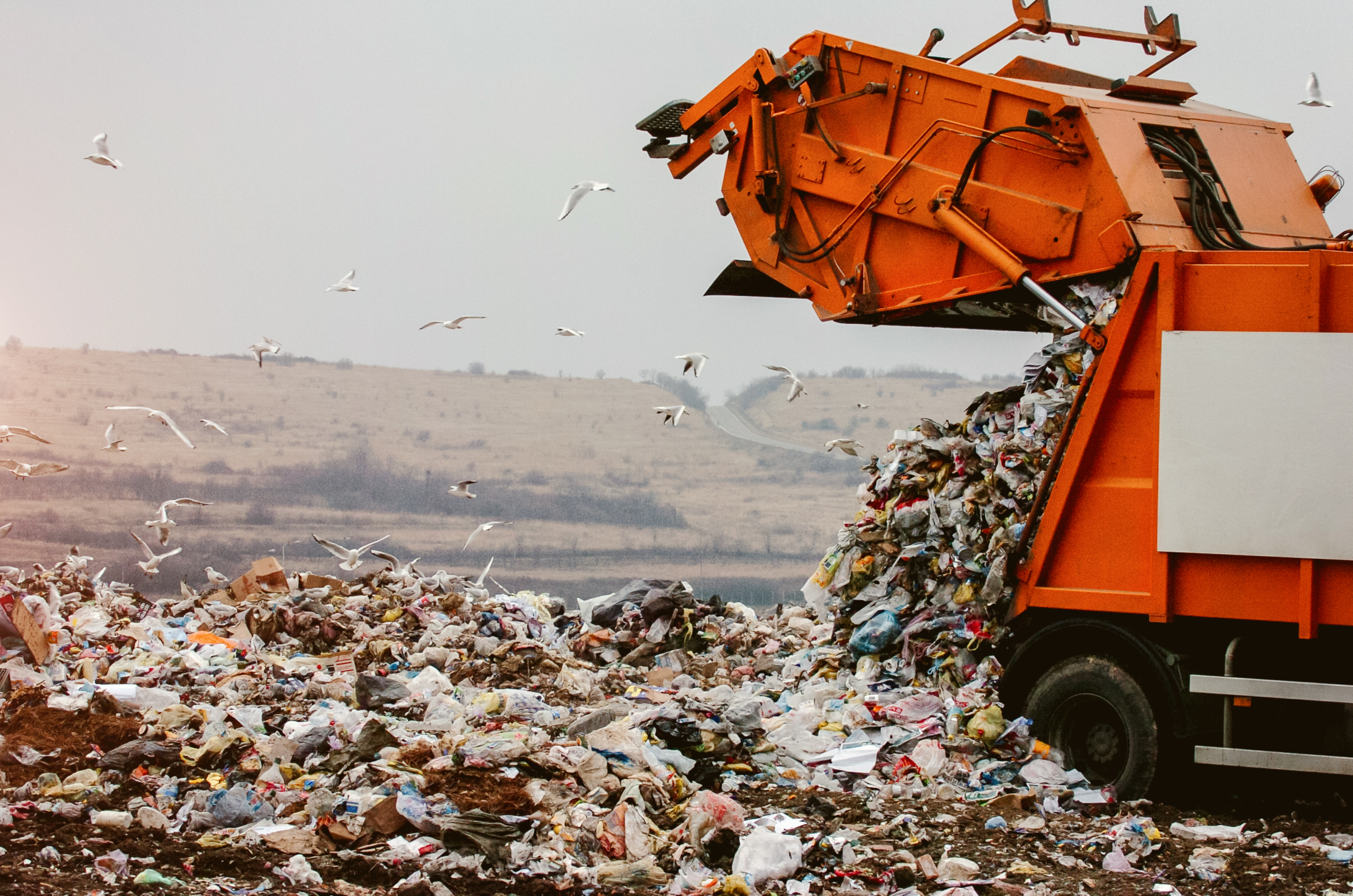The experience in countries with large-scale community transmission of COVID-19 shows the need for an unprecedented mobilisation of health systems and the resources that support it. All indications suggest that Australia has prepared its hospitals and support structures well to mitigate the impact of the outbreak and slow transmission. However, financial market volatility, postponement of non-essential surgery and the impact of lockdown on supply chains has seen hospitals reassess healthcare assets as part of their ongoing management of the pandemic.
Peter Grover, Director, Asset Finance at Maia Financial, usually describes his offering to healthcare organisations and hospitals as “letting them gain access as quickly as possible to the best assets to produce the best clinical outcomes for patients”. But his typical dealings with New South Wales procurement directors, asset managers, clinicians and surgeons around asset usage and financing solutions have changed markedly since the arrival of the COVID-19 pandemic.
“The biggest struggle has been maintaining communication,” Peter explained.
“Hospitals and healthcare providers are scrambling to set themselves up to be able to meet the needs of COVID-19 patients. And that means they are generally looking at resources around additional staffing, safety measures and consumables related to the treatment of COVID-19 while emergency and ICU clinics are changing to facilitate dealing with potentially larger numbers of patients.”
Robert Indovino, also Director, Asset Finance at Maia Financial but with a focus on Victoria, South Australia and Tasmania, notes that COVID-19 has freed up procurement processes through the removal of ‘red tape’.
“If a public hospital or government entity needs a piece of equipment and needs it now, they can go to a supplier and ask for a price. This has meant procurement timelines have gone from three to six months to under a month for urgent items. In particular, we are seeing essential assets such as ultrasounds and infusion pumps getting immediate lease funding while ventilators, as the most crucial asset, are being funded by government grants.”
While some non-COVID-19 equipment upgrades are still taking place, Robert notes that others have been pushed back due to delivery restrictions – especially if coming from overseas – and the allocation of resources to fighting the pandemic. The changing needs of hospitals also means specific essential equipment is being ordered earlier and in greater numbers.
“The assets themselves are not changing but the quantity is. For example, where we regularly procure two or three ultrasound machines it is now five or six just in case,” he says.
Despite the many challenges of the pandemic, Peter is still in regular contact with public sector clients.
“Our message is that we’re here and we’re ready to help. For example, we’ve done some ventilator transactions for hospitals in New South Wales given these are assets that are required immediately. These are currently being covered by the Federal Government, but in some instances clients have seen delays in funding coming through. So, we have been able to provide gap funding to ensure ventilator assets are procured quickly,” he says.
With the private sector partnering with public healthcare and funded by the Federal Government in the fight against COVID-19, Peter sees some evidence of hospitals “sweating their assets” by not upgrading them in a timely fashion.
“It’s an easy trap to fall into. They may keep using old, outdated assets and miss out on the latest asset technology and clinical technology because of the focus on COVID-19,” he says. “Having said that, nobody knows where we will be in three-to-six-months’ time. My clients are indicating that asset procurement of imaging and operating theatre assets will kick back up in October, as they recognise there is a need to maintain existing asset platforms and how they are going to fund these upgrades in the future.”
For many healthcare providers the first step towards this scenario will be when crucial revenue from the recently re-instated elective surgery kicks in, even if the Federal Government wants this change to be seen as a restart and not a return to normal. This positive development has Peter upbeat about the other side of the pandemic crisis.
“We can’t predict if things will go back to normal but as restrictions are slowly lifted, there will be an inevitable boom in the healthcare sector,” he says. “We’re seeing a lot of people who won’t go in for their scan or their heart check or their blood test. So, it’s important that organisations are ready for that boom, which will test the healthcare system’s resources in a very different way.”


